
CE Compliance Testing
As is well known, CE certification is a mandatory requirement in the European Union (EU). Most products entering the EU market must comply with CE standards. Common electronic and electrical products requiring CE certification include household appliances, IT/AV products, lighting products, wireless or communication terminal devices, and mechanical equipment.
So, what are the main tests for these products when exporting to Europe for CE certification? What are the testing objectives?
Key ce testing Categories for Electronic and Electrical Products
1. EMC (Electromagnetic Compatibility) Testing
The purpose of emc testing is to evaluate the electromagnetic radiation emitted by electrical products and its impact on humans, public power grids, and other electronic devices operating normally. EMC consists of two main aspects:
- EMI (Electromagnetic Interference): Focuses on the interference caused by the device. Tests include:
- RE (Radiated Emission)
- CE (Conducted Emission)
- Harmonic Distortion
- Flicker
- EMS (Electromagnetic Susceptibility/Immunity): Evaluates the device's resistance to external electromagnetic disturbances. Tests include:
- ESD (Electrostatic Discharge)
- EFT (Electrical Fast Transients)
- DIP (Voltage Dips and Interruptions)
- CS (Conducted Immunity)
- RS (Radiated Immunity)
- Surge (Lightning and Power Surges)
2. LVD (low voltage directive) Testing
lvd testing ensures the safety of a product under normal operating conditions, REDucing risks to individuals, buildings, and property. Key LVD tests include:
- Grounding Test
- InsULation Test
- Temperature Rise Test
- Leakage Current Test
- Mechanical Safety Tests
3. RF (Radio Frequency) Testing
RF testing ensures that wireless communication devices meet the relevant performance standards and regulations to guarantee communication quality and stability. Key RF tests include:
- Transmitting Power Test (Conducted and Radiated Methods)
- Transient Power Test
- Adjacent and Alternate Channel Power Test
- Broadband Emission Test
- Spectral Characteristics Test
- Frequency Error and Phase Error Test
- Spurious Emissions Test (Conducted and Radiated Methods)
- Maximum Usable Sensitivity Test
- Adjacent Channel Selectivity Test
- Blocking Test
- Co-channel Rejection Test
- Spurious Response Rejection Test
- Intermodulation Rejection Test
- SAR (Specific Absorption Rate) Test
The above are the common CE testing categories for electronic and electrical products. Depending on the product's function, voltage, and technical specifications, testing standards and methods may vary. The testing content and approach should be tailored to the product's characteristics and actual requirements.
Email:hello@jjrlab.com
Write your message here and send it to us
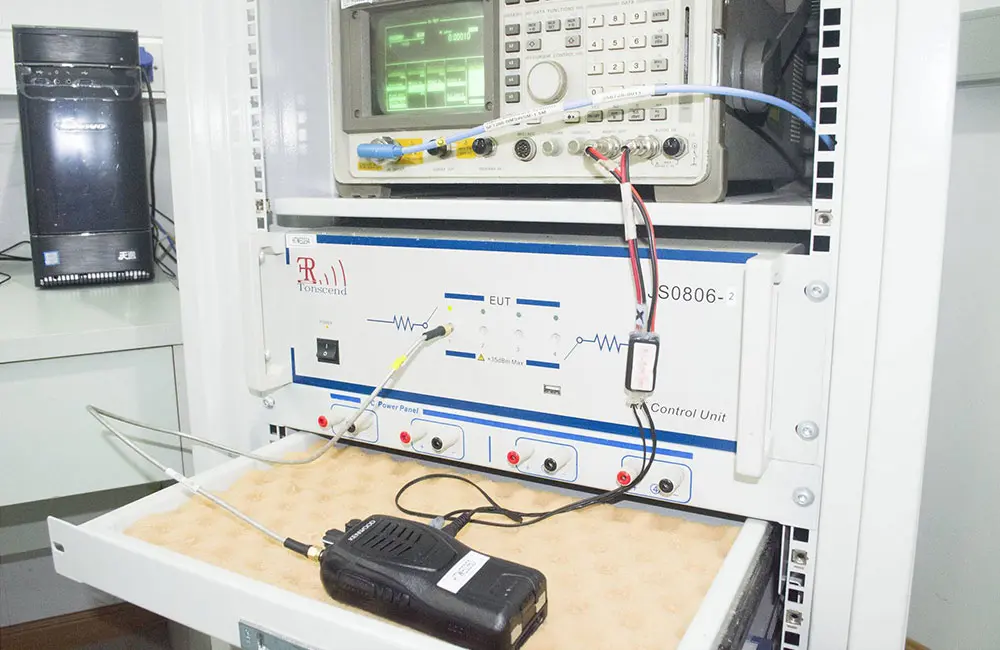 What is the meaning of EMC?
What is the meaning of EMC?
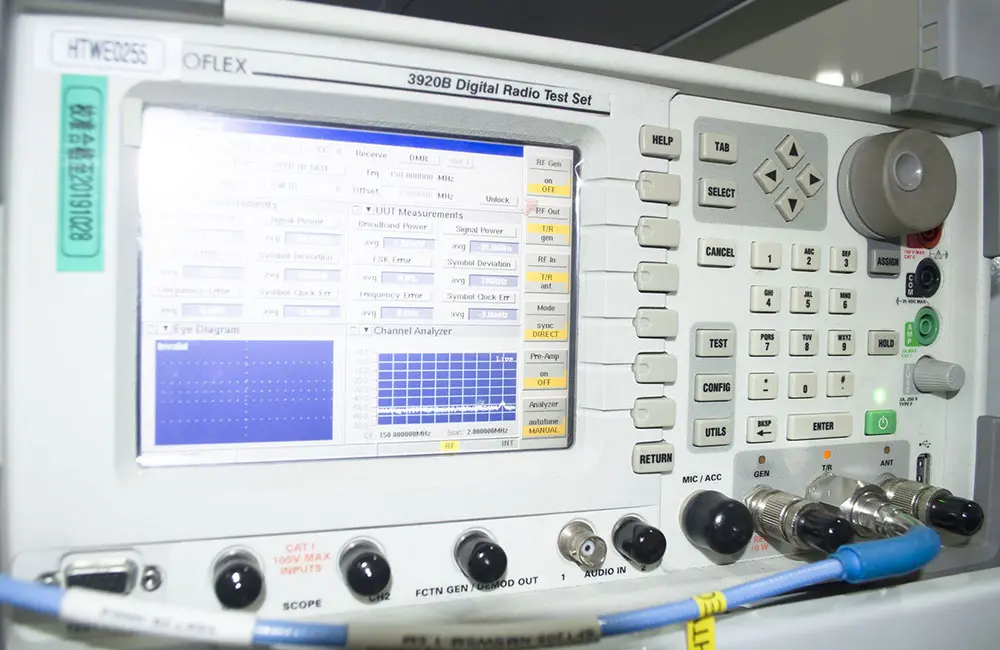 Why EMC Test Is Required?
Why EMC Test Is Required?
 What is the Difference Between EMI and EMC?
What is the Difference Between EMI and EMC?
 What is the difference between CE EMC and CE LVD?
What is the difference between CE EMC and CE LVD?
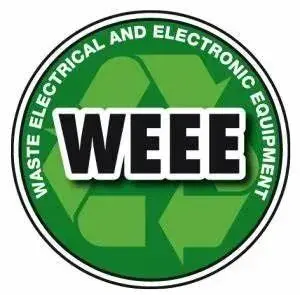 What Is the EU WEEE for Electronic and Electrical
What Is the EU WEEE for Electronic and Electrical
 What Is the ASTM D4316-95(2016) Hot Water Bottle T
What Is the ASTM D4316-95(2016) Hot Water Bottle T
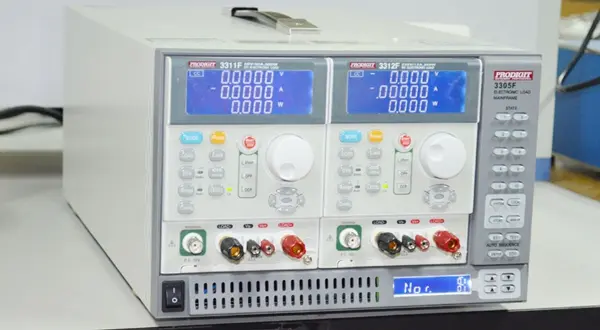 Amazon Electric Massager UL1647 Test Report
Amazon Electric Massager UL1647 Test Report
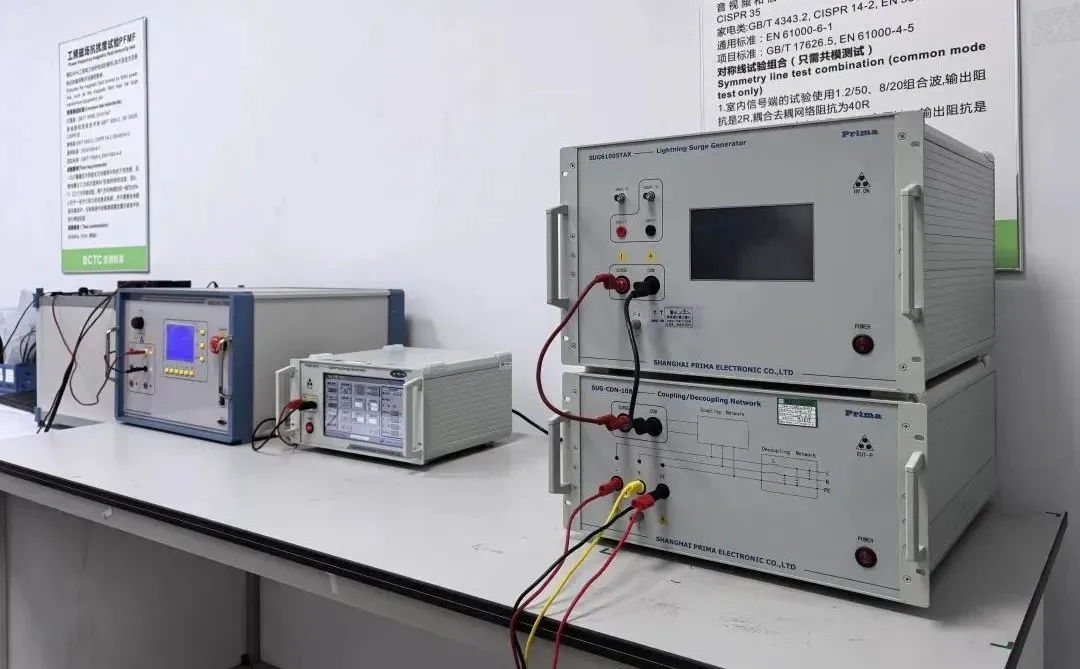 What Is IEC 60068-2-5:2018 Solar Radiation Test?
What Is IEC 60068-2-5:2018 Solar Radiation Test?
Leave us a message
24-hour online customer service at any time to respond, so that you worry!




